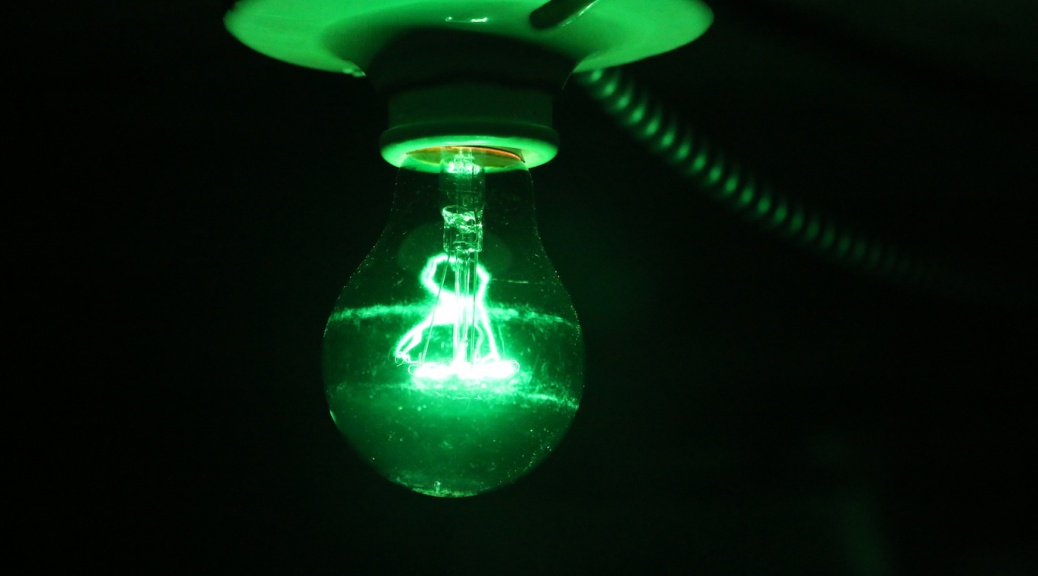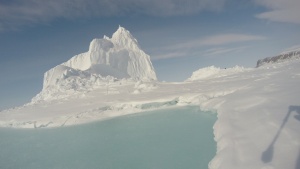Monday morning, when we arrived at the ice camp, we discovered a number of fresh footprints. Bears had visited the camp in our absence.
Monthly Archives: June 2016
Phytoplankton must develop deeper to access precious food
Terrestrial organisms are composed of six major elements, C, H, N, O, P, and S, in addition to more than 50 trace elements. In the ocean, nitrogen (N) and phosphorus (P) are called limiting nutrients because they may be available in concentrations which limit photosynthesis in algae. C, H, O and S typically present in abundance are therefore non-limiting. Silica (Si) is also an important resource for some algae such as diatoms that use it to form their protective shells. For growth, phytoplankton consume the available forms of these elements namely nitrate (NO3), ammonium (NH4+), phosphate (PO42-) and silicate (SiO3–) from the surrounding waters.
Continue reading Phytoplankton must develop deeper to access precious food
How sunlight makes it through the sea ice ?
Phytoplankton are microscopic plants that thrive in the ocean currents and are the base of the marine food chain. They are an ecosystem indicator and are therefore important to monitor. Phytoplankton, like terrestrial plants, mainly need two things to grow: nutrients (i.e. food) and light.
The GreenEdge project aims to improve our understanding about phytoplankton in the Ice covered Arctic Ocean.
Continue reading How sunlight makes it through the sea ice ?




